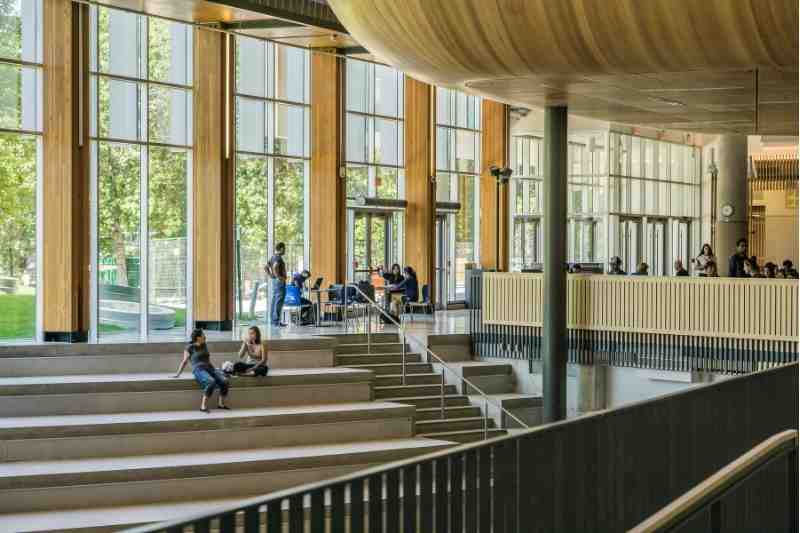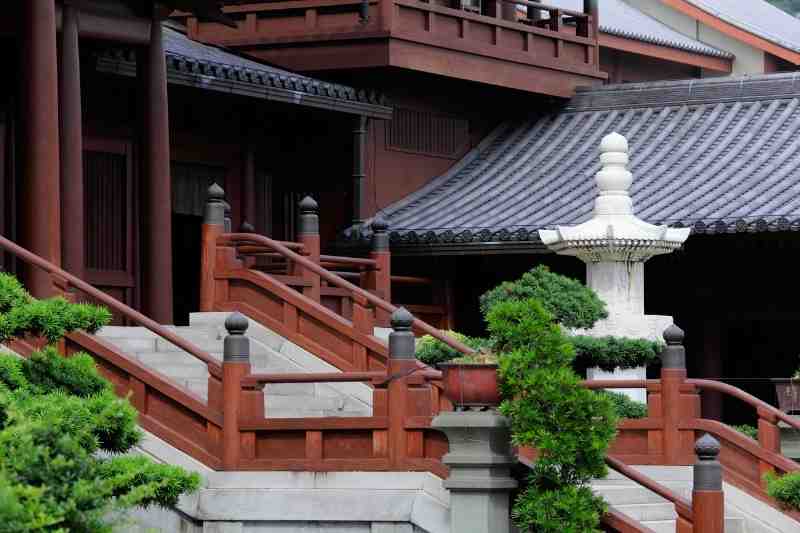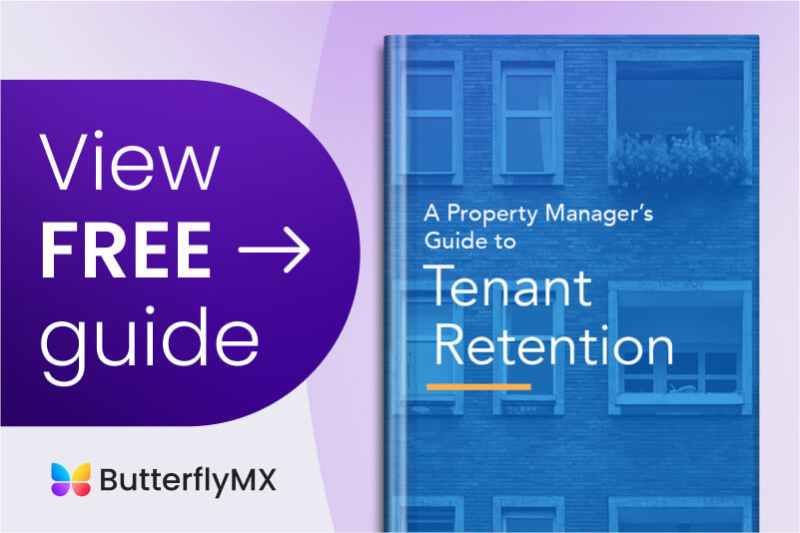
Constructing a building and seeing it to completion is no easy task. But when you’re finished, you’ll have a profound effect on every person who uses your building, and every city resident who sees your building on the skyline.
Now that sustainability and green-friendly thinking are important forces impacting architecture, how can you describe those values in your own work? The answer: the plyscraper, a skyscraper made of wood.
In this post, we explain what a plyscraper is and its benefits over a traditional building. Then, we go over how plyscrapers will attract residents.
This post covers:
- What is a plyscraper?
- Benefits of using wood framing to construct your building
- How wood-frame construction will attract residents
What is a plyscraper?
A plyscraper is a skyscraper constructed partially or entirely of wood. Most buildings today are built using concrete and steel as structural supports.
However, did you know that a beam made of fir wood is three and a half times stronger than steel?
With the help of modern innovations, plyscrapers can reach the heights of today’s steel-and-concrete skyscrapers — while being vastly more energy-efficient and better for the planet.
Not all plyscrapers are constructed entirely out of wood. Some taller wooden skyscrapers, for example, may augment their structural supports with concrete cores. However, incorporating more wood into the structure of your building will still make for a more sustainable and climate-friendly construction process.
In the 19th and 20th centuries, as cities became denser and buildings became taller, architects and city planners favored other building materials because of the risk of fire. However, advances in technology have significantly reduced that risk.
Plyscraper construction companies favor the use of CLT, or cross-laminated timber, in high-rise wood frame construction. Thanks to new lamination and layering techniques, CLT’s fire resistance is much higher than that of ordinary wood. And the natural charring effect that wood exhibits further slows the fire down.
Watch how ButterflyMX works:
Examples of plyscrapers
Here’s an example of how the durability and longevity of wood might surprise you.
One of the tallest wooden structures in the world is the 219-foot-high Sakyamuni Pagoda in China, built in the 11th century. The pagoda has survived several destructive earthquakes (because wood is light enough to sway instead of collapsing) and stands to this day.
For a more modern example, the Mjøstårnet is an 18-story mixed-use building in Norway and the tallest wooden building made entirely of timber. It features conference rooms, offices, and a hotel. From the observation deck on the top floor, you get a great view of the forest that was used to source the timber!
Finally, the University of Washington has made wood a significant part of the construction of its Cedar Hall residences. Here another benefit of wood construction reveals itself: Because the building has been constructed almost entirely out of wood framing, which is easy to construct and modify, University of Washington officials will be able to easily reconfigure the interior of the building.

Benefits of using wood framing to construct your building
Plyscrapers come with a host of benefits for you, the firms renting them out, and the people who will live and work in them.
Here are 3 reasons you should use wood framing in your next building:
1. More sustainable
Innovators in the real estate industry have the potential to make great strides in the fight against climate change. Constructing and operating buildings accounts for 40% of global energy consumption — and a large portion of that is the creation of energy-inefficient building materials, like concrete and steel.
Consider also the fact that wood is much lighter than steel and concrete. So, you’ll use less energy transporting materials to your worksite, too.
2. Carbon-friendly
Using timber to construct buildings is an incredibly carbon-friendly option. This is because of the lifespan of a tree before it’s used for building purposes.
Trees are an important part of the way our natural ecosystems deal with carbon emissions. As trees mature and grow, they absorb CO2 from the air in a process called locking in carbon.
By using timber to construct your buildings, you take a tree that has already absorbed the maximum amount of carbon and extend its lifespan and usefulness.
3. Cheaper to construct
Plyscraper construction doesn’t just benefit the environment: it’ll also cut costs for you.
Building with concrete is a lengthy and time-consuming process. You might have to wait weeks for concrete to set on each floor before starting construction on the next floor. In contrast, you can quickly slot prefabricated cross-laminated timber into place and eliminate those wait times.
Other constructors building with CLE have been able to cut down from building one floor every several weeks to building multiple floors per day!

How wood-frame construction will attract residents
Wood-frame construction is better for your bottom line and it’s better for the environment. It’ll help you attract tenants, too, when you consider the psychological benefits of building with wood and use your building’s sustainability as a selling point.
Psychological benefits
A wooden high-rise will connect building residents to the natural world. Emphasizing nature makes building residents calmer and reduces their stress levels.
By keeping a connection to nature in mind during the design and construction process, you’ll follow the principles of biophilic design, a worldwide movement that’s taking architecture and construction by storm.
Sustainability as a selling point
The next generations of residents are increasingly conscious about fighting climate change. Millennials and Gen Z cite climate change as an increasingly important factor in their lives.
You’ll attract more eco-conscious tenants by building with wood. And by touting your sustainability efforts, property managers will be able to command higher rent prices. Or, conversely, property managers can ensure that the property is always in demand by passing the savings you’ve created onto tenants.
Takeaways
Wood in modern architecture is taking a larger role than ever thanks to the plyscraper.
Far from being mere accent pieces or veneer material, wood can form the very foundation of skyscrapers that are cheaper and quicker to build while being friendlier to the environment.
And when these plyscrapers are completed, property managers will quickly find value in the sustainability savings you’ve created and the psychological benefits of constructing with natural materials.
